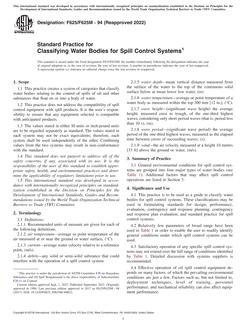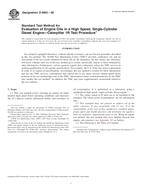1.1 This practice describes a rapid test for determining sensory thresholds of any substance in any medium.
1.2 It prescribes an overall design of sample preparation and a procedure for calculating the results.
1.3 The threshold may be characterized as being either (a) only detection (awareness) that a very small amount of added substance is present but not necessarily recognizable, or (b) recognition of the nature of the added substance.
1.4 The medium may be a gas, such as air, a liquid, such as water or some beverage, or a solid form of matter. The medium may be odorless or tasteless, or may exhibit a characteristic odor or taste per se.
1.5 This practice describes the use of a multiple forced-choice sample presentation method in an ascending concentration series, similar to the method of limits.
1.6 Physical methods of sample presentation for threshold determination are not a part of this practice, and will depend on the physical state, size, shape, availability, and other properties of the samples.
1.7 It is recognized that the degree of training received by a panel with a particular substance may have a profound influence on the threshold obtained with that substance (1).
1.8 Thresholds determined by using one physical method of presentation are not necessarily equivalent to values obtained by another method.
Product Details
- Published:
- 09/10/1997
- Number of Pages:
- 5
- File Size:
- 1 file , 44 KB


